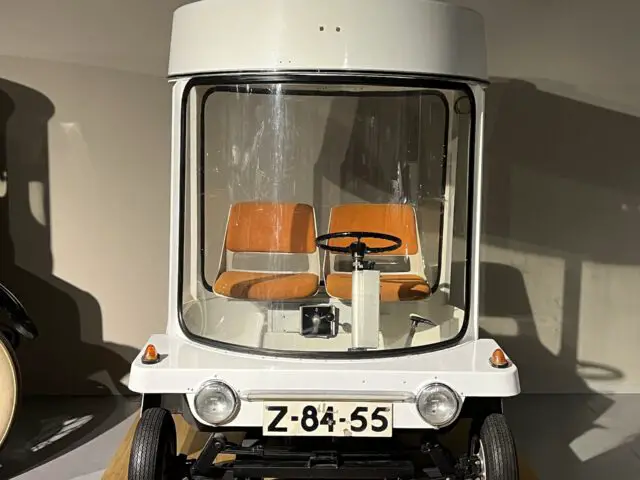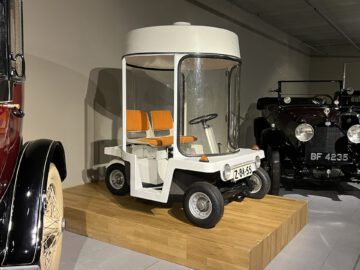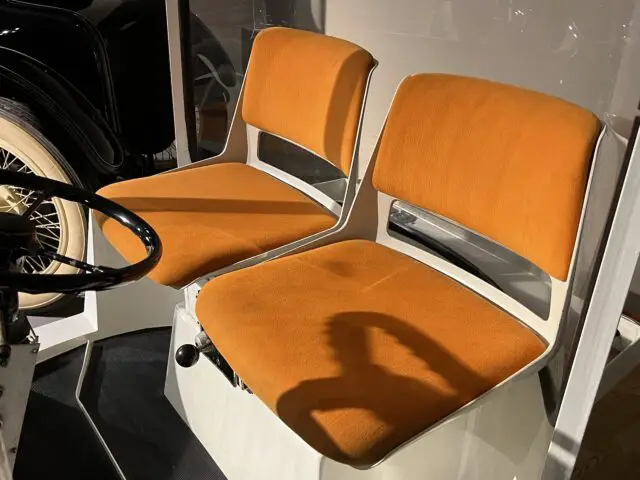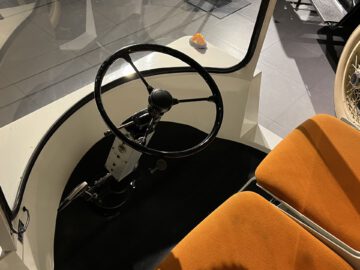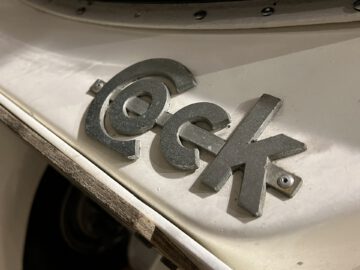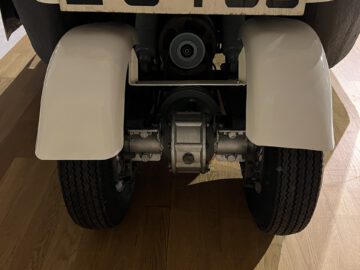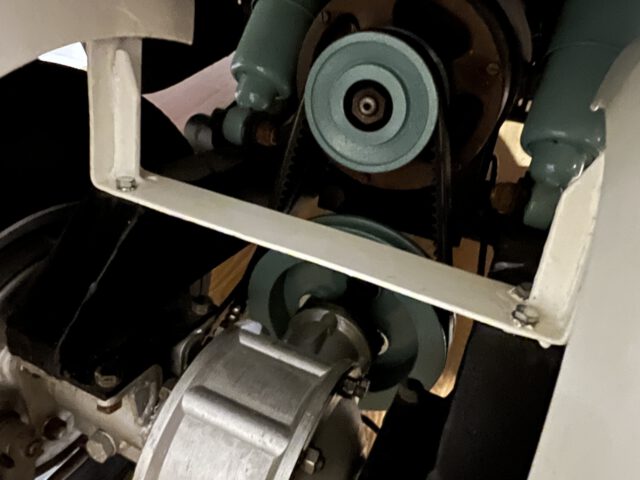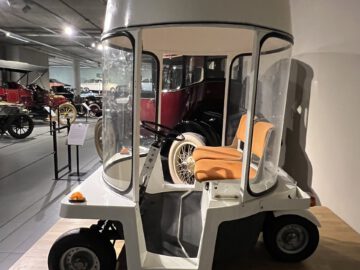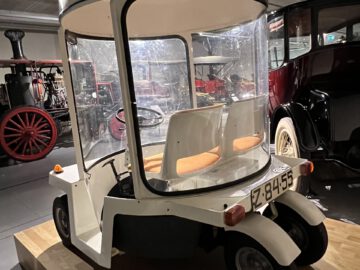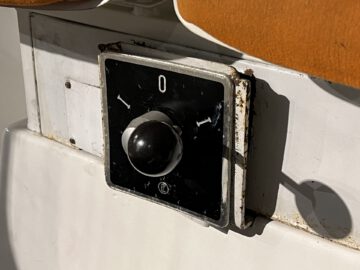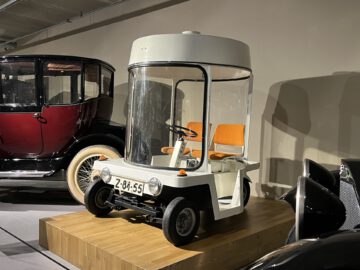New addition to Louwman Museum: the Witkar
Witkar, an idea by Luud Schimmelpennink
The Witkar was conceived and designed by Luud Schimmelpennink. He wanted the vehicle to do something about the traffic problems in Amsterdam, because that city was silting up. The idea was pretty simple: why did everyone have to have their own car? In fact, the Witkar was a preview of all the microcars we know today in the form of the Opel Rocks Electric or Microlino. The Witkar was also the world’s first shared car.
Introduced in 1972
The Witkar was introduced in 1972. In the beginning you still had to pay with coins, but soon you could do so with your own encrypted magnetic key. One disadvantage of the Witkar was its limited range. The vehicle had to be recharged quite often. The technology was simply not yet mature enough for the underlying idea of a shared car. The first electric charging station for the Witkar was opened in 1974, quickly followed by three other stations. But the model did not become a great success, although the Witkar project did exist for quite a few years.
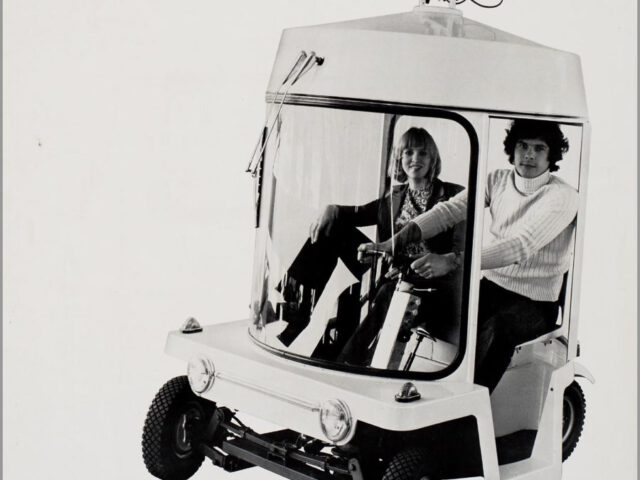
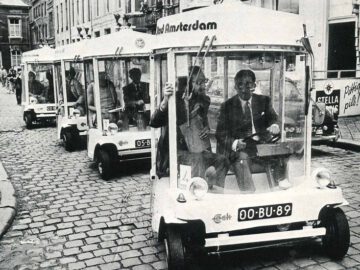

Subscription
You could use a Witkar by paying 25 guilders annually, as well as 10 cents per mile traveled. So, in effect, it was paying for use, with an annual subscription. Several thousand Amsterdam residents joined the association, but the project was eventually shelved in 1988. The very last Witkar was picked off the street on Jan. 14, 1988. A total of 38 examples were built, including a prototype, two examples for 1962, a series of ten with wheels 40 centimeters in diameter and a second series of 25 with larger wheels.
Cylinder shape on ‘three’ wheels
Unique to the Witkar is its shape: a cylindrical shape on three wheels. You don’t see that every day, either. Okay, actually it’s just on four wheels, but the rear wheels are very close together. Underneath the skin is a 2,000-watt, 24-volt electric motor. Weighing 452 kilograms, the Witkar could reach a top speed of 30 mph. The model’s range came out to 15 kilometers.
Nice mobility story
So behind the Witkar is a fun and unique mobility story. For that reason, the model deserves a place at the Louwman Museum in The Hague, because the museum shows the rise of mobility in every possible way. Since the Witkar was a Dutch development, one belongs in the museum. In any case, one thing is certain: this “moving phone booth” simply came too soon. Modern microcars are much more useful in that regard, with a top speed of 45 km/h or higher and a range you can get through the day.
